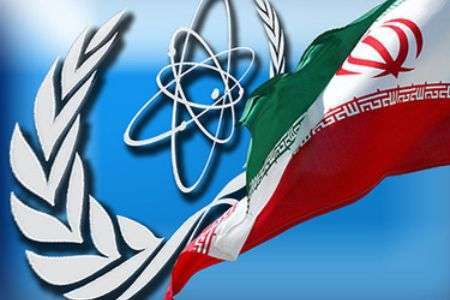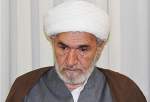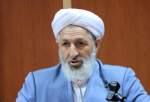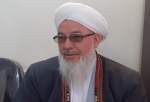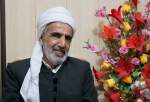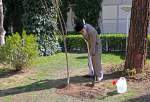The new report by IAEA Director General, Yukiya Amano, is a copy of the previous reports sent to IAEA board of governors every three months. This time, though, Amano has referred to four major technical achievements on Iran’s nuclear programs that prove Iran’s promotion for self-sufficiency in enrichment of uranium for peaceful purposes.
18 Mar 2025
- Only 10% of Gaza's residents have access to safe drinking water
- UNICEF: Palestinian children remain deprived of the most essential supplies and services
- American nurse converts to Islam after Gaza visit
- Houthi leader warns of escalation, expands naval blockade to US
- EU foreign policy chief welcomes Arab plan for Gaza reconstruction
- Yemen's Houthis announce attacking US carrier in Red Sea for 2nd time in 24 hours
- Imam Reza shrine dome washed ahead of Persian New Year (photo)
- Yemeni Armed Forces successfully thwart attack on country
- Seyyed Jamal al-Din Asadabadi and Call for Muslim Unity
- Egyptian scholar calls Islamic nation to unanimously support Yemen

